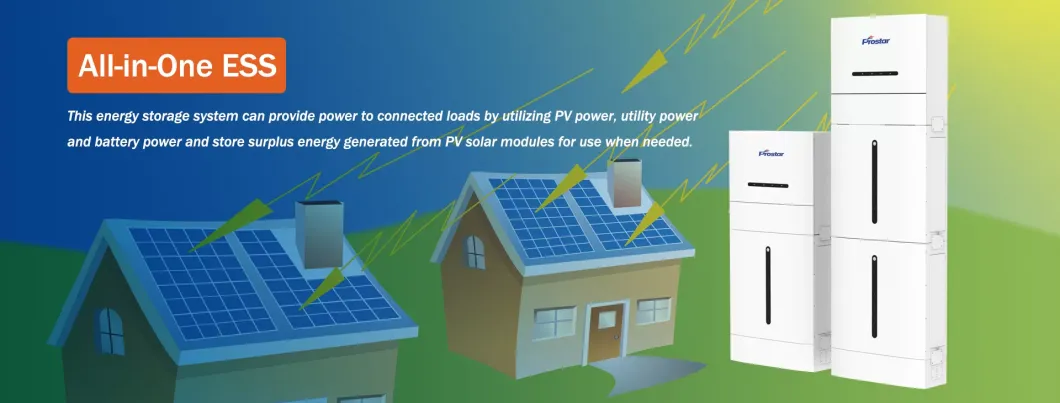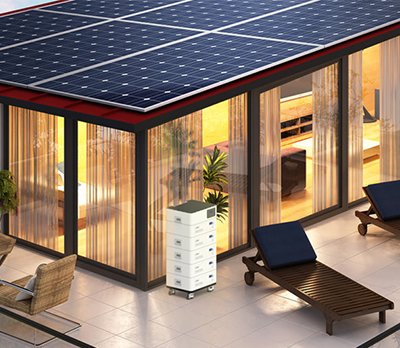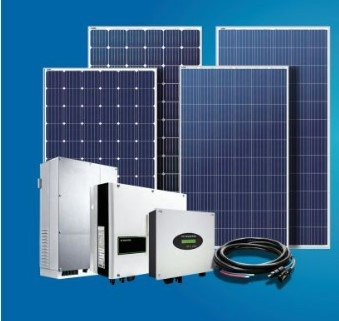
Definition and Concept
An all-in-one solar power system integrates all the necessary components into a single, cohesive unit. This includes the solar panels, inverter, battery storage, and often a monitoring system, all packaged together to streamline the installation and operation process.
Key Features
- Compact Design: Combines multiple components into one unit, saving space and reducing clutter.
- Plug-and-Play Installation: Simplifies the setup process, making it more accessible for non-experts.
- Integrated Monitoring: Provides real-time data on energy production and usage.
Components of an All-In-One Solar Power System
- Integrated Solar Panels
These panels are designed to seamlessly integrate with other components, ensuring optimal performance and aesthetics. - Inverter and Power Controller
The inverter converts DC to AC, while the power controller manages the energy flow, ensuring that the system operates efficiently. - Battery Storage
Built-in batteries store excess energy, providing a reliable power supply even when the sun isn’t shining. - Monitoring and Control System
An integrated system allows users to monitor performance, track energy production, and manage consumption via a user-friendly interface.

Advantages of All-In-One Solar Power Systems
- Simplified Installation Process
With all components pre-integrated, installation is quicker and requires less technical expertise, reducing labor costs and time. - Cost-Effectiveness
By combining components, these systems often come at a lower overall cost compared to purchasing and installing each part separately. - Space-Saving Design
Their compact and integrated design makes them ideal for homes and businesses with limited space. - Enhanced Efficiency and Performance
Integrated systems are optimized to work together, leading to higher efficiency and better overall performance.

